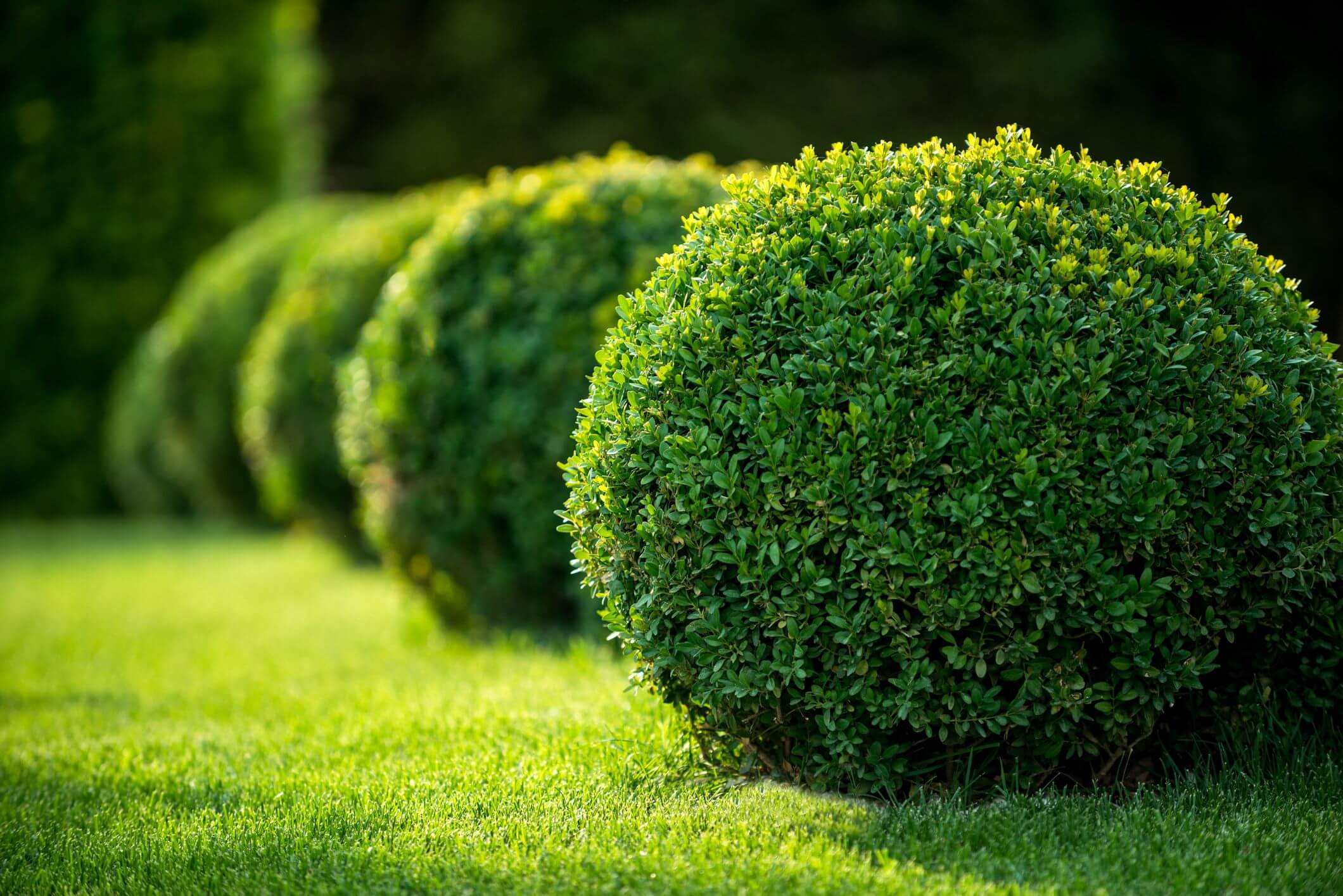Shrubs, those woody perennials typically growing between 1 and 10 meters tall, are indispensable elements in any garden. They offer a versatile range of benefits, from providing privacy and security to adding color, texture, and structure to your outdoor space.
Types of Shrubs
Shrubs can be categorized based on their growth habit and leaf type:
- Deciduous Shrubs: These lose their leaves in autumn and winter, offering vibrant fall foliage and beautiful spring blooms. Popular examples include Forsythia, Hydrangea, and Lilac.
- Evergreen Shrubs: Retaining their foliage year-round, these shrubs provide constant interest and privacy. Boxwood, Holly, and Rhododendron are popular evergreen choices.
- Flowering Shrubs: Known for their showy blooms, these shrubs add color and fragrance to the garden. Azalea, Camellia, and Rose are beloved flowering shrubs.
Using Shrubs in Your Garden Design
Shrubs can be creatively incorporated into various garden designs:
- Foundation Planting: Use shrubs to create a visually appealing transition between your home and the landscape.
- Hedging: Plant a row of shrubs to form a privacy screen, define boundaries, or create a formal garden structure.
- Specimen Planting: Highlight a particular shrub by planting it as a standalone feature.
- Mixed Borders: Incorporate shrubs into mixed borders with perennials and annuals for a layered and dynamic look.
Caring for Your Shrubs
Proper care is essential for healthy and vibrant shrubs:
- Planting: Plant shrubs in well-drained soil and ensure they receive adequate sunlight or shade, depending on their specific needs.
- Watering: Water your shrubs regularly, especially during dry periods.
- Fertilizing: Fertilize in early spring to promote healthy growth and abundant blooms.
- Pruning: Prune regularly to maintain shape, remove dead or diseased wood, and encourage new growth.
- Winter Protection: In colder climates, protect tender shrubs from harsh winter conditions by mulching or wrapping.
Additional Considerations
- Soil pH: Different shrubs have specific soil pH requirements. Research the needs of your chosen shrubs to ensure optimal growth.
- Pest and Disease Control: Monitor your shrubs for pests and diseases, and take appropriate action to prevent problems.
- Wildlife Attraction: Many shrubs attract birds, butterflies, and other beneficial insects, contributing to a vibrant ecosystem.
By carefully selecting and caring for shrubs, you can create a beautiful and functional garden that will bring you joy for years to come.



